Social Determinants of Indigenous Health: A Canadian Perspective
VerifiedAdded on 2022/08/09
|6
|993
|371
Report
AI Summary
This report examines the various challenges and inequalities faced by Indigenous people in Canada that contribute to higher death rates within their communities. It focuses on an article by Lines and Jardine (2019) which explores the social determinants of health among Indigenous populations, particularly the connection to the land as identified by Indigenous youth. The research highlights political, social, and economic factors influencing Indigenous health, including high rates of type 2 diabetes and lower life expectancy compared to non-Indigenous communities. The study employs a community-based participatory approach, involving the Yellowknives Dene First Nation (YKDFN) youth, to gather data through surveys, sharing circles, and field notes. Key findings reveal that limited education, food insecurity, and inadequate government policies contribute to health issues such as cardiovascular disease and infant mortality. The report concludes that addressing these social determinants through improved education, government intervention, and timely treatments is crucial for improving Indigenous health outcomes in Canada. Desklib offers a range of resources, including similar reports and solved assignments, for students studying public and global health.
1 out of 6
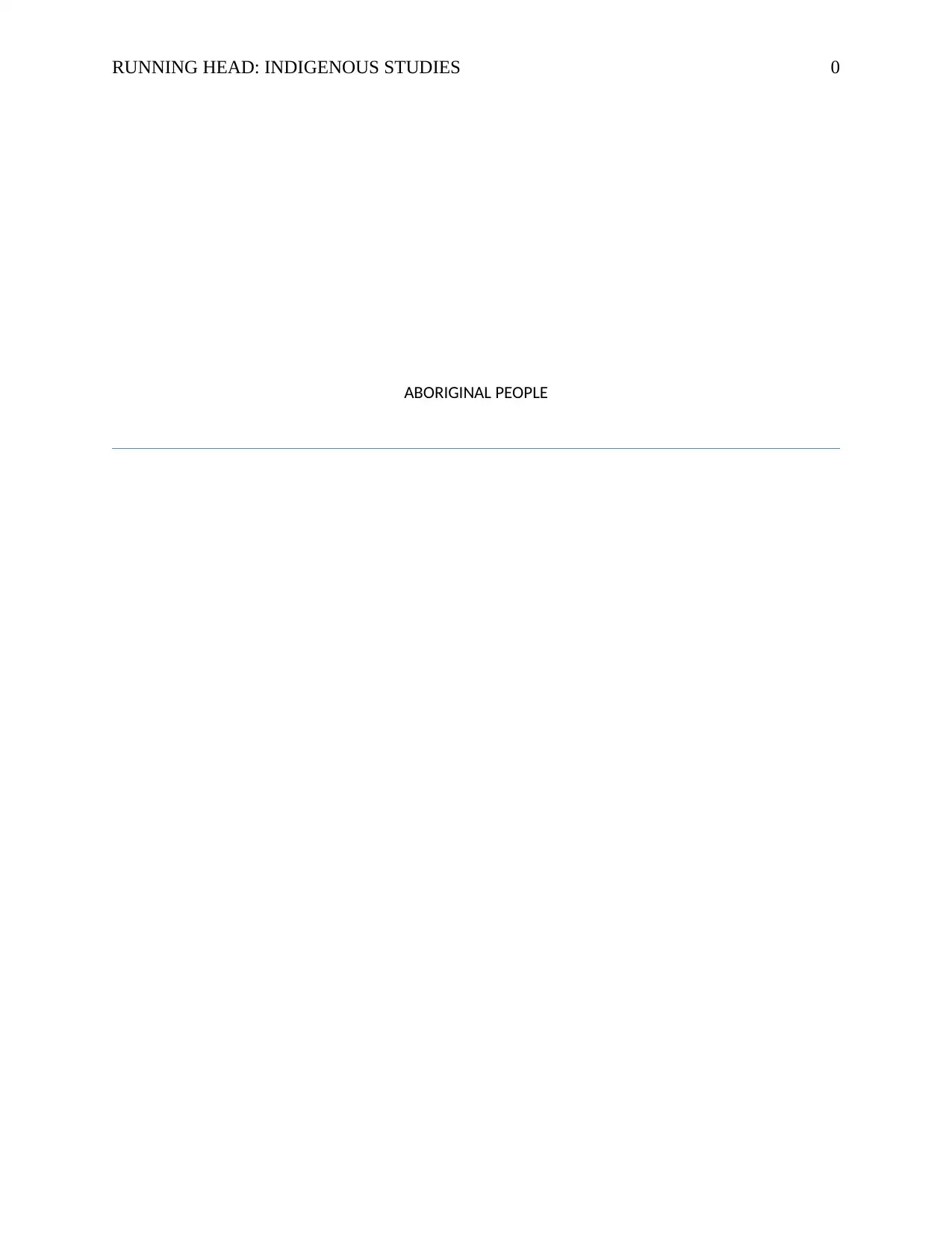
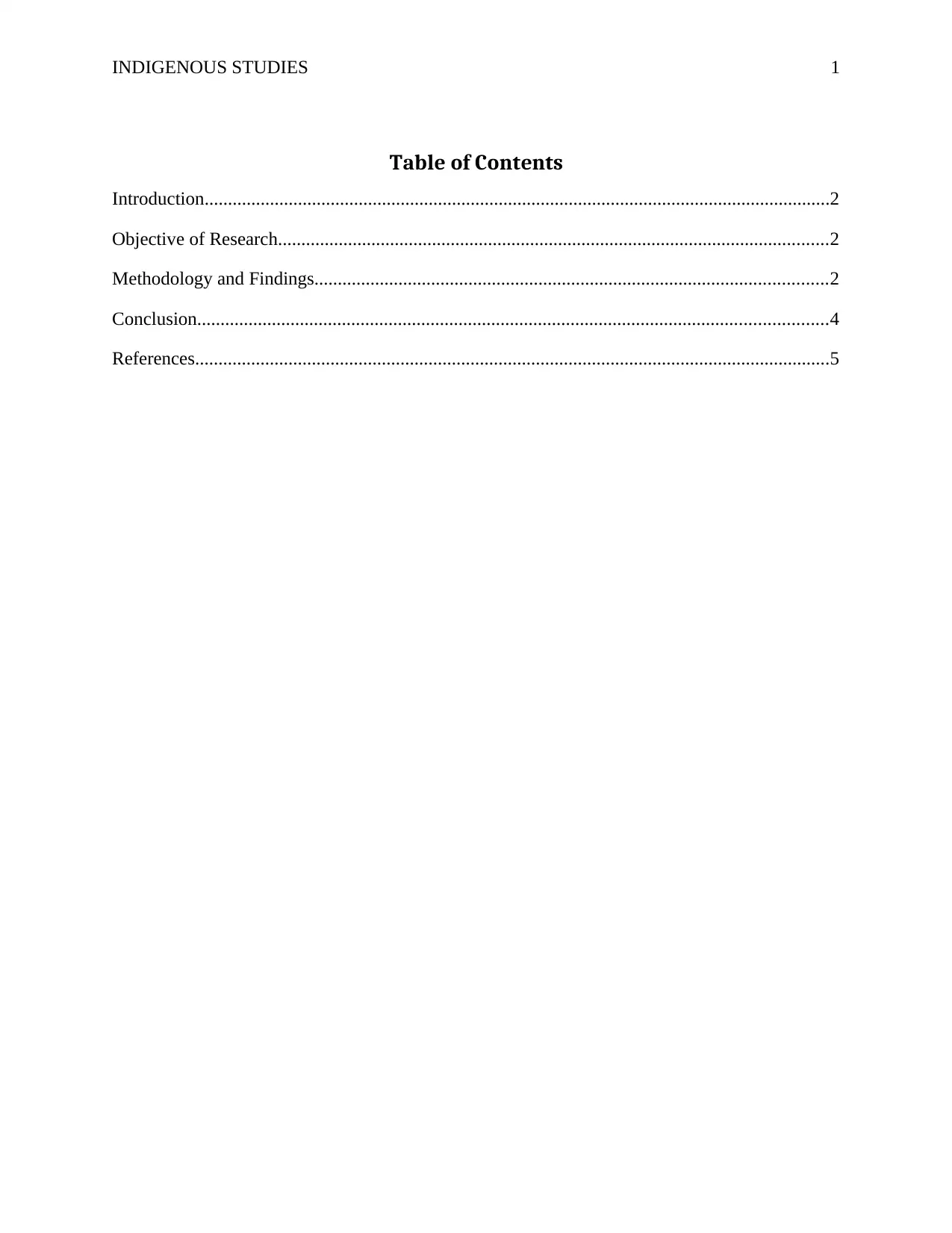
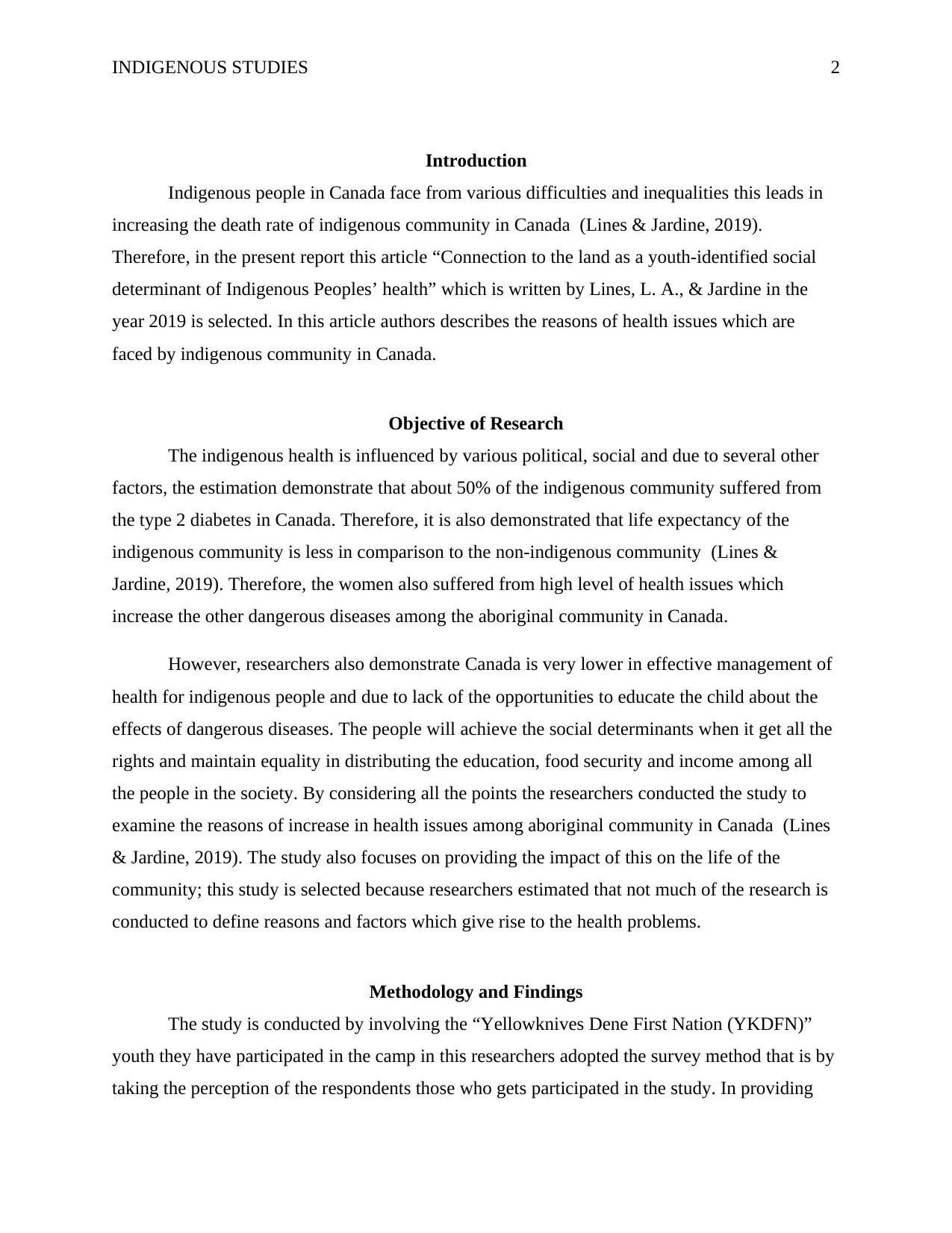

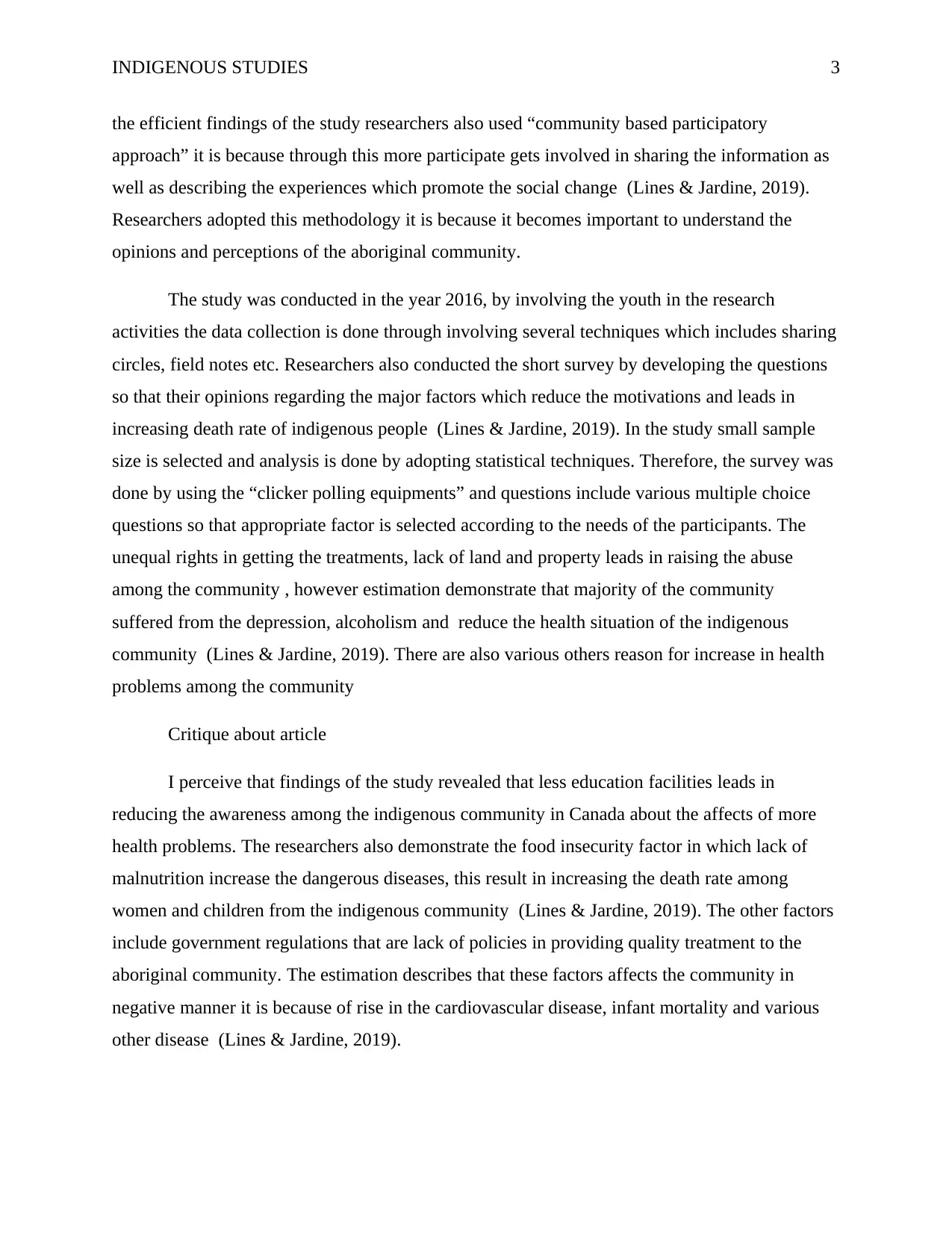
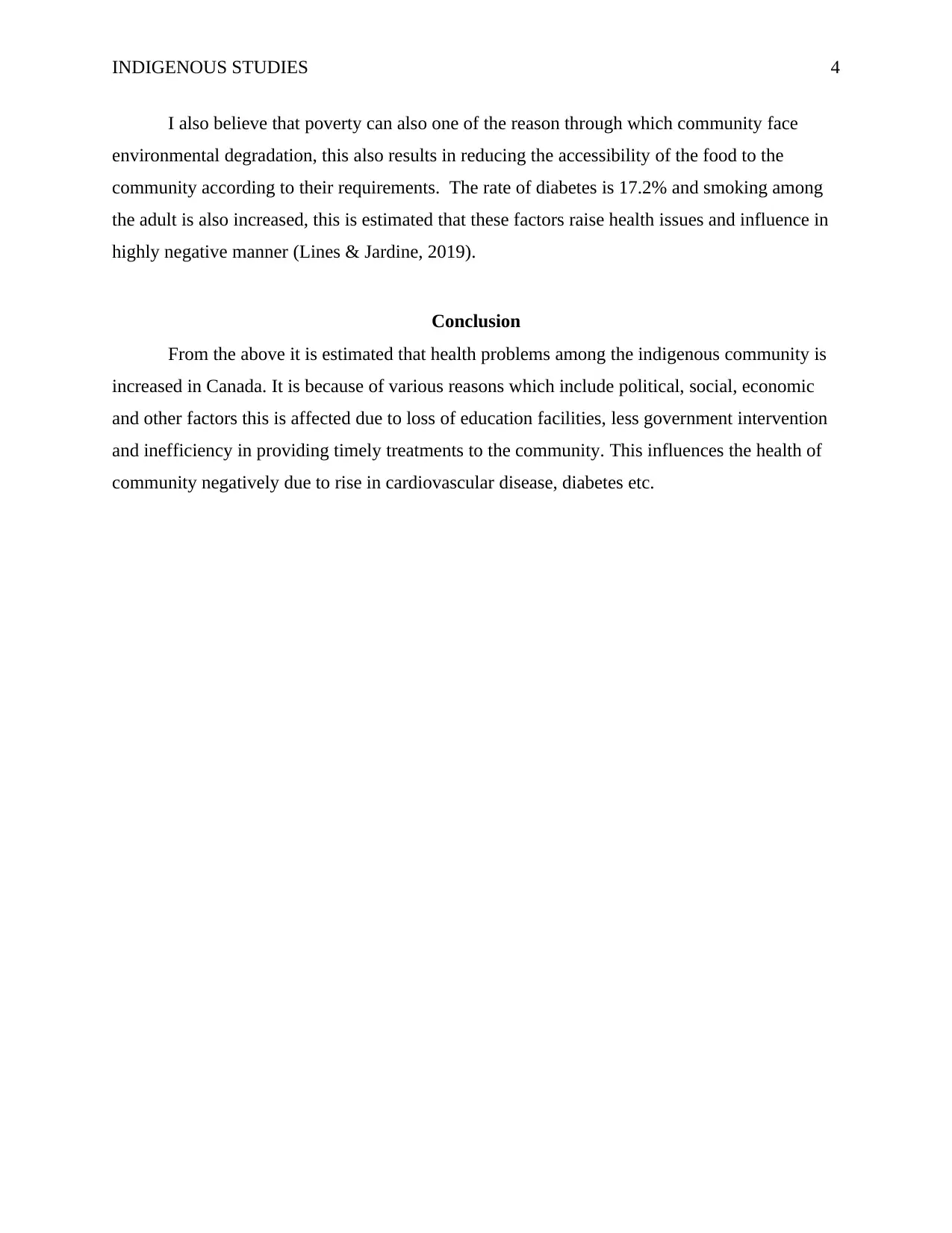
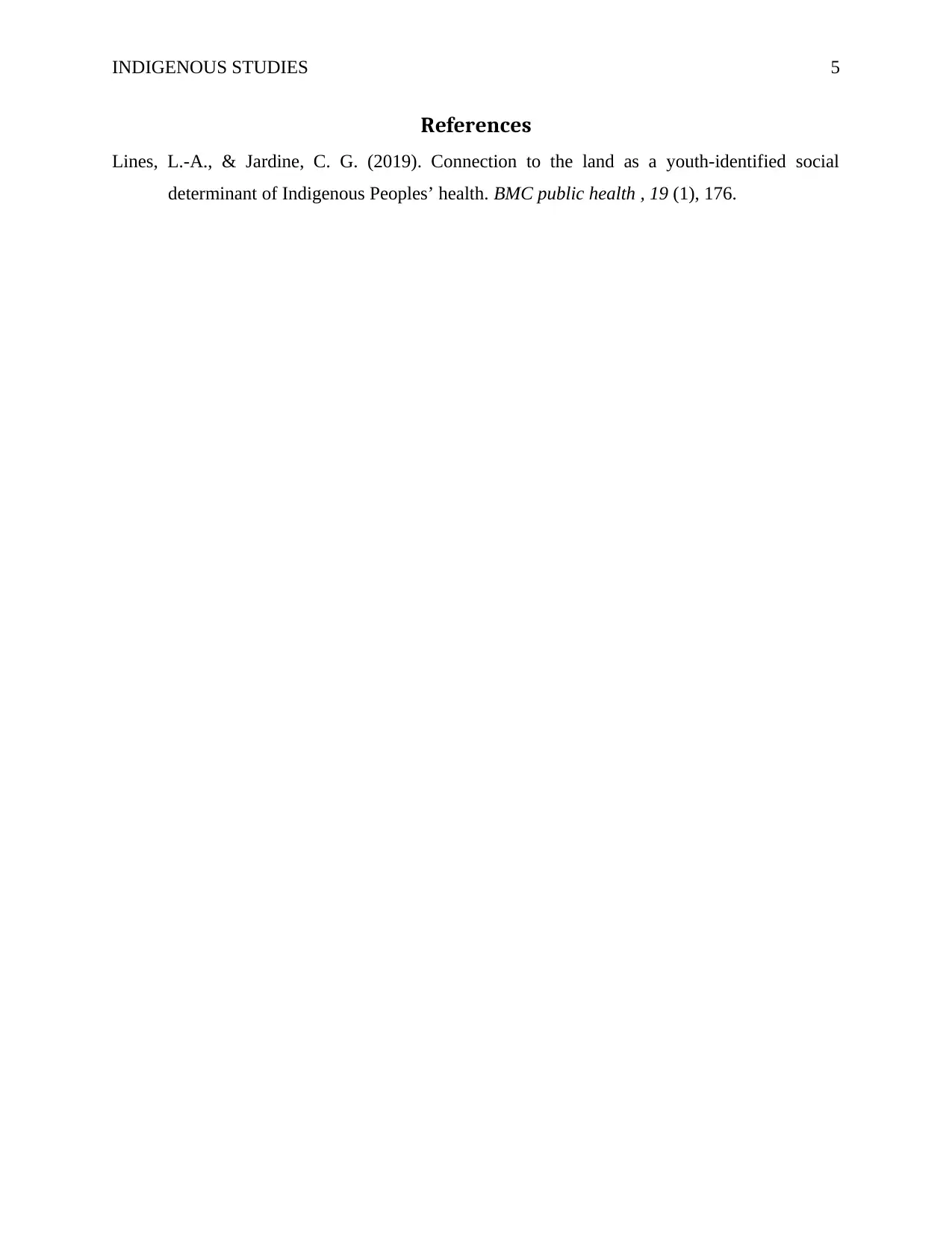






![[object Object]](/_next/static/media/star-bottom.7253800d.svg)